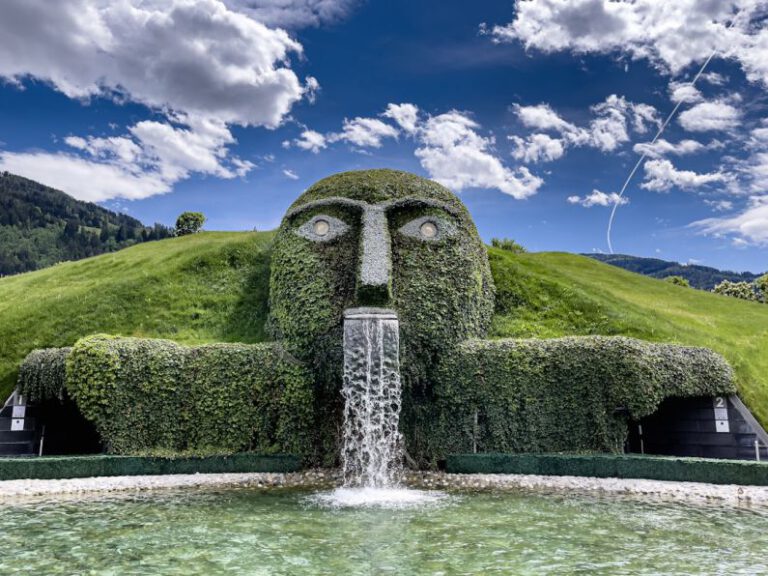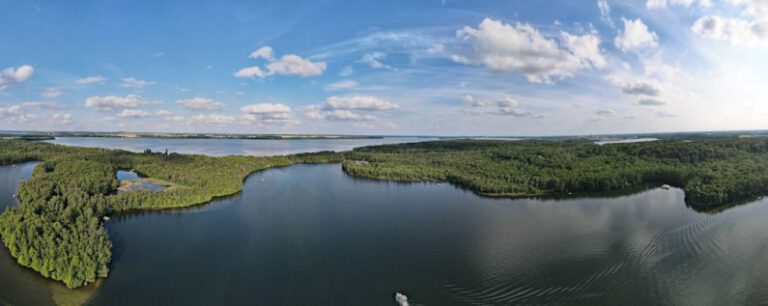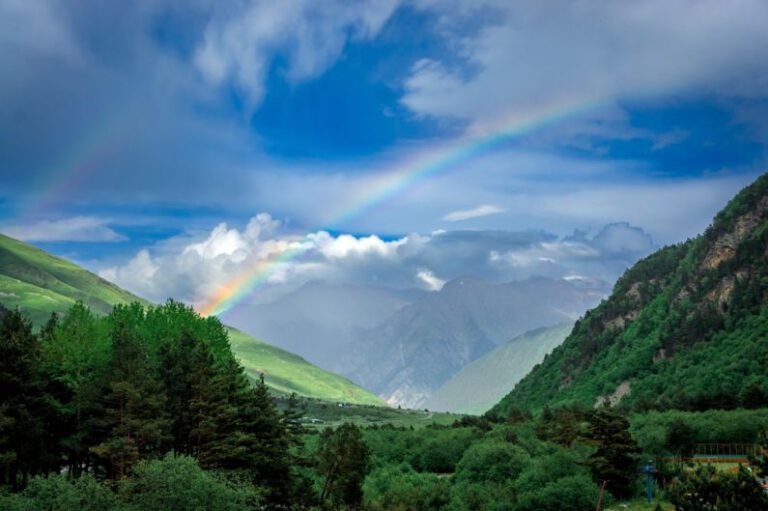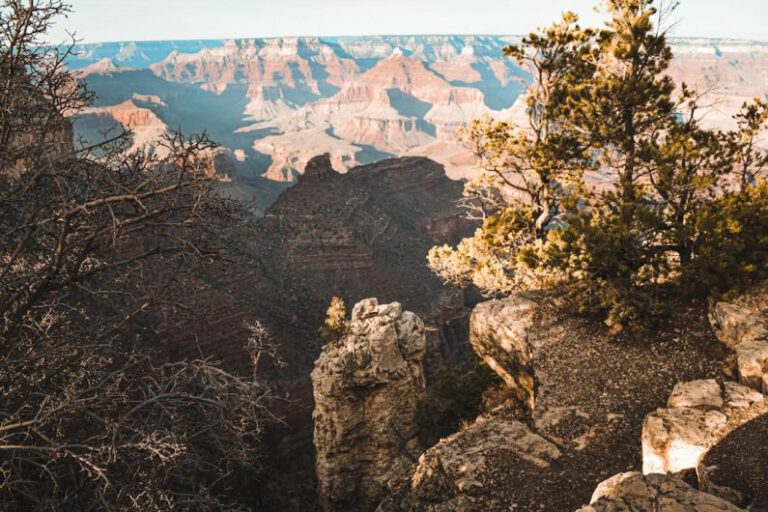Where Are Hidden Cenote, the Magical Underground Lakes of Mexico?
Nestled beneath the lush jungles of Mexico’s Yucatán Peninsula lie hidden treasures that have captivated visitors for centuries – the cenotes. These mystical underground lakes are a defining feature of the region’s landscape, offering a unique and awe-inspiring experience for those willing to seek them out.
Discovering the Enigmatic Cenotes
The word “cenote” originates from the Mayan term “dzonot,” meaning sacred well. These natural sinkholes are formed when porous limestone bedrock collapses, revealing crystal-clear waters that have been filtered through the earth. Cenotes come in various shapes and sizes, from open-air swimming holes to caverns shrouded in darkness, each with its own distinct charm.
Exploring the Cenote Ecosystem
Cenotes are not just bodies of water; they are entire ecosystems teeming with life. These subterranean habitats support a diverse array of flora and fauna, including unique species of fish, crustaceans, and bats. The crystal-clear waters of cenotes offer a window into a hidden world, where sunlight filters through the surface, illuminating the depths below.
Diving Into Cenote Culture
For the ancient Maya, cenotes held profound spiritual significance as portals to the underworld. Many cenotes were used for ceremonial purposes, with offerings of precious objects and even human sacrifices made to appease the gods. Today, cenotes continue to hold cultural significance, with local communities preserving these natural wonders as sacred sites.
The Allure of Cenote Adventure
Cenotes offer a playground for adventurers seeking a unique thrill. From snorkeling in the sunlit shallows to diving into the depths of underwater caves, there are endless opportunities to explore these hidden gems. Guided tours and excursions provide a safe and informative way to experience the magic of cenotes while learning about their geological and cultural importance.
Preserving the Cenote Legacy
As tourism in the Yucatán Peninsula continues to grow, there is a pressing need to protect the fragile ecosystem of cenotes. Pollution, overuse, and development pose significant threats to these natural wonders, prompting conservation efforts to safeguard their future. Responsible tourism practices, such as limiting visitor numbers and avoiding harmful chemicals, are vital to preserving the pristine beauty of cenotes for generations to come.
Unveiling the Mysteries of Cenotes
Despite their enduring allure, much about cenotes remains shrouded in mystery. Scientists continue to study these underground lakes to unravel their geological history and ecological significance. From ancient myths to modern-day exploration, cenotes are a testament to the enduring power of nature to inspire wonder and curiosity in those who dare to delve into their depths.
Embracing the Enchantment of Cenotes
In a world driven by constant change and urbanization, cenotes offer a rare opportunity to reconnect with the natural world in its purest form. The tranquility of these underground lakes, the beauty of their crystal-clear waters, and the sense of wonder they inspire serve as a reminder of the magic that lies just beneath the surface of our everyday lives.
In conclusion, the cenotes of Mexico stand as a testament to the enduring power of nature to captivate and inspire. These hidden underground lakes hold within their depths a wealth of beauty, mystery, and cultural significance that continues to draw visitors from around the world. As guardians of these natural wonders, it is our responsibility to preserve and protect the legacy of the cenotes for future generations to experience and enjoy.






